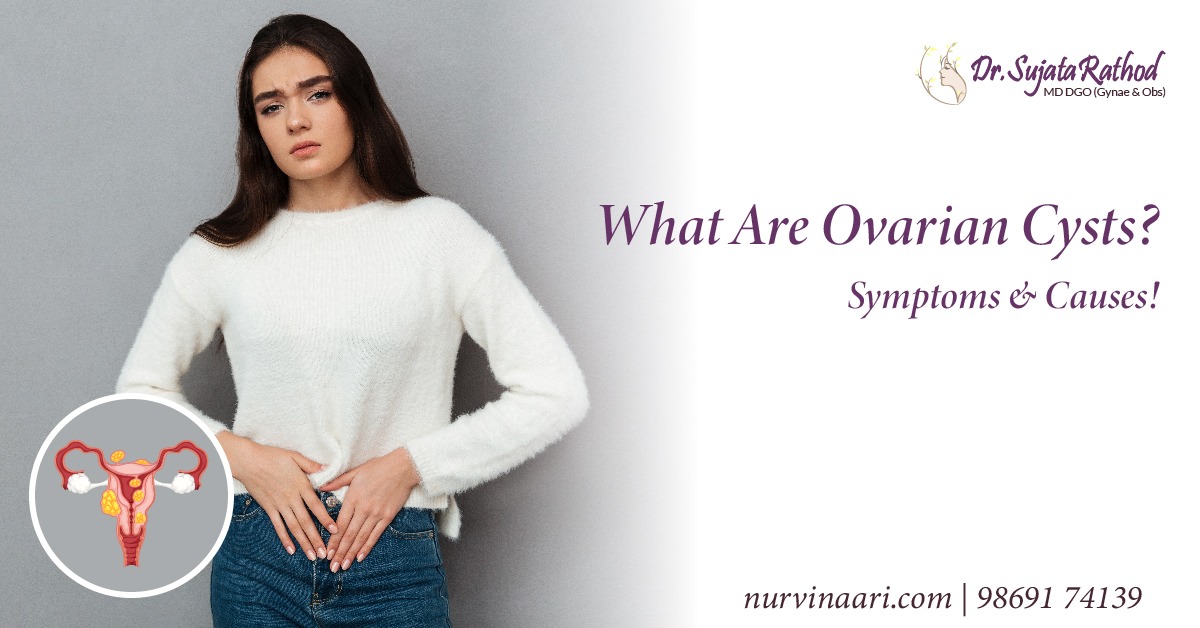Ovarian cysts are fluid-filled sacs that grow on or inside one or both ovaries. These cysts vary in type, shape, and size. Mostly, ovarian cysts are harmless and show no symptoms. They will disappear within a few weeks without requiring treatment. If you experience symptoms, consult an endometriosis treatment specialist in Currae Hospital to get a proper diagnosis and treatment.
Symptoms of Ovarian Cysts
Most types of ovarian cysts are functional cysts that develop from the changes in your menstrual cycle. They form when the eggs are released from your ovaries during ovulation. They disappear within 30-60 days and cause no symptoms. You won’t even know you have functional cysts until they are detected during a routine pelvic test. If the cysts have grown bigger and are not caused by your menstrual cycle, here’s what you might experience.
1.Pain in your pelvic area and back
2.Pain during sexual intercourse
3.Bloating
4.Heavy and painful menstruation
If symptoms persist, they might indicate PCOS (polycystic ovary syndrome), a condition that causes hormonal imbalance, obesity, and infertility. Women diagnosed with ovarian cysts might experience dull or sharp pain in the pelvic area. It’s often accompanied by bloating and discomfort.
Causes of Ovarian Cyst
Most cysts are functional and absolutely healthy. They are very common and occur in most women in their childbearing age. They keep developing every month around the time you ovulate and disappear in 1-2 months. However, the cysts can form due to other medical conditions, such as endometriosis, pelvic inflammatory disease, and abnormal cell reproduction.
Fortunately, ovarian cysts are mostly harmless with less than 1% accounting for a serious conditions, like ovarian cancer. These cysts usually form after menopause. Ovarian cysts might rupture if they grow bigger over time. It may or may not cause symptoms.
Another possibility is ovarian torsion, which is a large cyst that might change the shape of your ovaries or twist them, interrupting the blood flow to the ovaries. If you experience extreme pelvic pain, nausea, and vomiting, see a gynecologist immediately.
Diagnosis and Treatment
A pelvic test is the most common method of diagnosing the issue. A gynecologist will test your ovaries to feel any lumps or unusual growth. An ultrasound can detect the size, shape, and exact location of the cysts. It also identifies whether the cyst is fluid-based or solid.
Laparoscopy is another way to detect ovarian cysts. It’s an invasive procedure in which the doctors make small incisions on your abdomen and insert a camera to get a clear picture of the internal organs.
Since most cysts are normal and not a cause for concern, they will most likely go away on their own. If they are causing any trouble, you can take ovarian cyst medications. Surgical removal of the cyst might be necessary if it’s grown extremely large or is twisting your ovaries. If it’s caused by your disturbed menstrual cycle, get menstrual problem treatment in Thane to fix the underlying cause. If the gynecologist suspects cancerous cysts, they will work with an oncologist to figure out the most suitable treatment for you.
Sorce : https://nurvinaari.com/what-are-ovarian-cysts-symptoms-causes/




